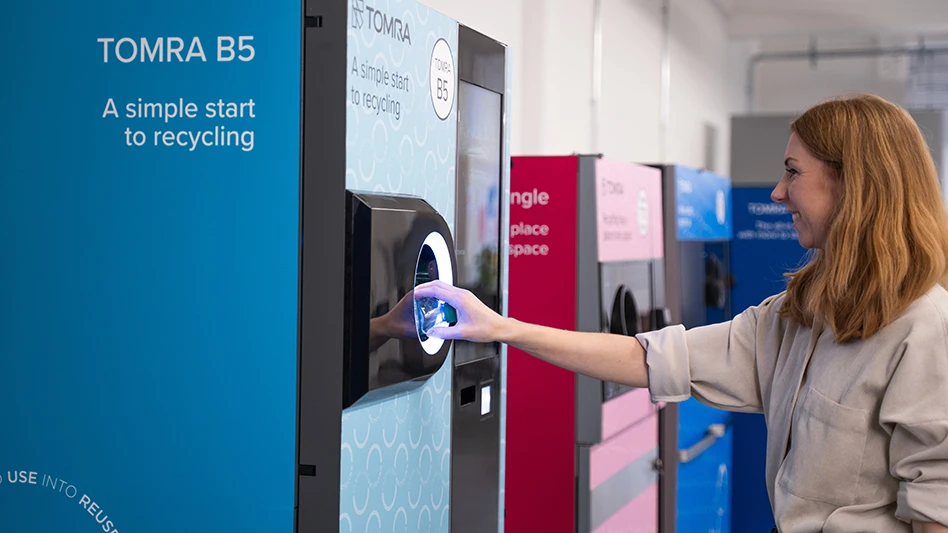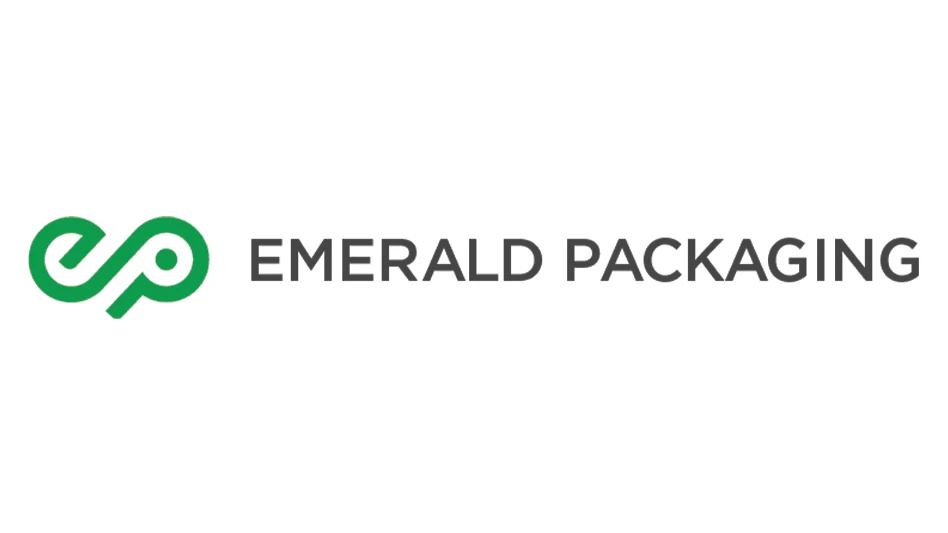IF I HAD A NICKEL FOR EVERY TIME YOU SAID. . .
Ah, the nickel market. It used to be a fringe grade that quietly moved along with some other nonferrous commodities. However, the nickel market now is more dramatic, with price movements dwarfing its larger nonferrous brethren, aluminum and copper.
But, just like the highly volatile copper and aluminum markets, nickel is susceptible to major price fluctuations, especially as prices reach far above expected levels.
Also, like a number of other nonferrous metals, nickel has received significant attention from investing groups. However, the basic fundamentals of the grade are fairly strong, with continued buying by European and Asian markets offsetting any sluggishness in the domestic market. The nickel market has been helped by the continued strength of the stainless steel market, which is expected to show continued growth this year.
The volatile nickel price is actually not as volatile when it is considered in percentage terms, rather than as a dollar figure, according to one Midwestern scrap processor.
While many nickel handlers say they feel markets should remain fairly healthy through this year, the first part of the year may have some rough patches. One larger nickel dealer notes that order books for the first quarter do not look that strong, which could keep a lid on nickel prices. However, as it is for many other grades, nickel demand for China in 2007 "should be terrific," another nickel scrap trader says.
Other nonferrous commodities appear to be in fairly decent balance, despite the general uncertainty over the direction of pricing. One key in preventing major problems is to not speculate on price, but to process and move material as soon as possible, according to some dealers.
Another nickel trader says that supplies are getting more and more difficult to come by. "One thing we are seeing is that (nickel) scrap is getting tighter and tighter. The availability of scrap nickel is coming down."
He echoes a number of other vendors who say that the U.S. domestic market for nickel is not as robust as they would hope, though offshore demand is more than picking up the slack.
At the same time, there is more finished product coming back into the United States, making it more challenging for domestic consumers to stay competitive.
And, with less nickel scrap available, most of the nickel being collected already has commitments, which is further reducing the supply of material for the open market.
And, similar to the copper market, the presence of various commodity funds has resulted in a more challenging market and has led to sharply higher prices for the material. "There is so little nickel on the LME (London Metal Exchange), which is causing all the volatility," a trader on the East Coast says.
In labor-management news, Xstrata Nickel has announced that members of CAW Local 598, representing production and maintenance workers at the company’s Sudbury, Ontario, operations, have ratified a new three-year collective agreement, with 87 percent voting in favor of accepting the agreement.
CONNECTICUT METAL INDUSTRIES OPENS NEW PLANT
Connecticut Metal Industries, Monroe, Conn., has opened a new 20,000-square-foot facility in Ansonia, Conn.
The company, which has been identified with aluminum can and foil recycling for the last 24 years, has expanded to address the growing export markets for these and other nonferrous commodities.
"With the opening of this new facility, we can now receive truckloads of unprocessed and unsorted nonferrous materials and then sort and prepare them for our existing importers throughout Asia," Tom Mele, president of Connecticut Metal Industries, says. "Of course, we will also continue to buy aluminum foils, laminates and plastic film rolls from recyclers and industrial customers throughout North America."
In the heart of Connecticut’s historical "Brass Valley," the company operates entirely indoors in a 100-year-old brass finishing mill alongside the Naugatuck River adjacent to the Ansonia Copper and Brass Mill.
The facility includes baling equipment from PTR and Harris Waste Management Inc. The location has been open since the beginning of 2007 and has been receiving and shipping material—primarily flexible packaging from the pharmaceutical industry—since then, Mele says.
In addition to the company’s corporate office in Monroe, Connecticut Metal Industries also maintains a recycling facility in Piscataway, N.J., with delivery locations in Memphis and Chicago. Connecticut Metal Industries ships material in to and out of the ports of New York; Newark, N.J.; Philadelphia; and Baltimore.
Kentucky County Lands Two Recycling Projects
Cumberland Scrap, a scrap metal recycling facility jointly owned by OmniSource Corp., Fort Wayne, Ind., and Cohen Brothers, Middletown, Ohio, recently has announced plans to open a new facility in Logan County, Ky., which is in the southwestern part of the state.
Jody Lassiter, director of the Logan Economic Alliance for Development, notes that the county is centrally located among a significant number of metal-based operations in the area. Additionally, the Logan County area is close to two of the busiest interstates in the county. The 20-acre site also has a rail spur for a short-line railroad. The scrap facility will perform general processing of various types of metal.
The Cumberland project was initially announced last March. According to Lassiter the company should have some rudimentary processing capabilities within the next month, with most of the facility completed by the middle of this year.
According to local reports, Kentucky has approved $500,000 in tax incentives for the Cumberland Scrap project, which is expected to cost around $4 million and could ultimately have 30 employees.
In an unrelated announcement, the Logan Economic Alliance says that Logan Aluminum has announced plans to expand its recycling center at its aluminum smelting plant. ARCO Aluminum and Novelis jointly own Logan Aluminum.
The company’s expansion is expected to cost around $25 million and would result in an additional 70,000-square-feet at its existing facility. The project is scheduled to be complete by early 2008.
According to local press reports, once completed, the facility will be capable of receiving and melting aluminum scrap, such as UBCs, aluminum siding and scrap from can manufacturing plants.
Lassiter of Logan Economic Alliance for Development says that the expansion will include technology that is brand new in the United States, having only been used in Europe so far. "It will be the only aluminum smelter of its kind in the United States with this technology."
Latest from Recycling Today
- ReMA urges open intra-North American scrap trade
- Axium awarded by regional organization
- China to introduce steel export quotas
- Thyssenkrupp idles capacity in Europe
- Phoenix Technologies closes Ohio rPET facility
- EPA selects 2 governments in Pennsylvania to receive recycling, waste grants
- NWRA Florida Chapter announces 2025 Legislative Champion Awards
- Goldman Sachs Research: Copper prices to decline in 2026





